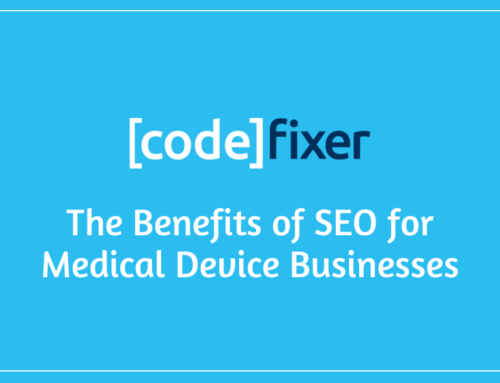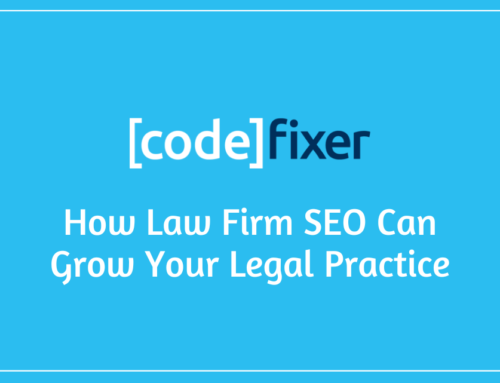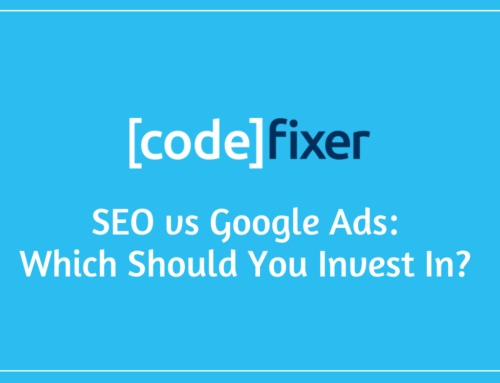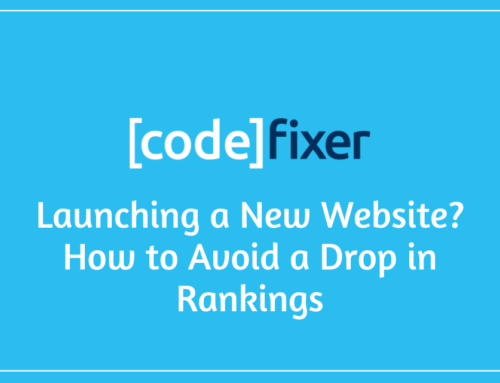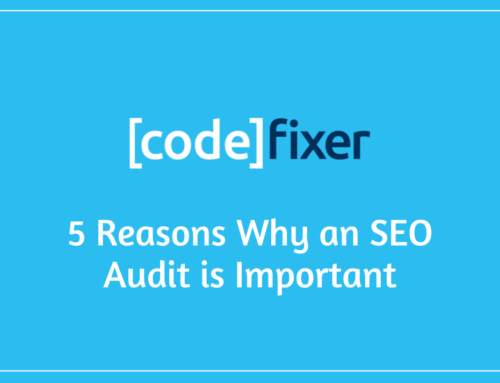Simply put, an SEO strategy shouldn’t be rushed because it takes search engines like Google time to recognise your site and any changes you make to it. With over 200 ranking factors, multiple algorithm updates a year, and roughly 252 million newly created websites a day, Google has a lot to do. To get sustainable results from your SEO strategy, it’s important to give it the time it deserves. But, as a business owner, is there a rough timeframe before you see results for your efforts?
How Long Does SEO Take?
According to a poll by Ahrefs, 58% of SEO professionals believe that a successful SEO strategy takes at least 3–6 months to show noticeable results. On average, it takes up to 12 months to see sustainable results from your SEO efforts. So, if you see someone promising you quick results, they’re likely using black-hat (shady) SEO tactics that Google will soon penalise, so it’s important to vet your SEO agency before you get burned.
Why Does SEO Take So Long?
SEO takes so long because Google needs to be able to crawl and index your website, and check it against 200 ranking factors. In essence, these ranking factors help Google discover and reward websites that demonstrate that they are trustworthy, relevant, and helpful. When done correctly, your website can appear highly on Page One.
To do this, your SEO strategy needs to address some of the most influential ranking factors, including your website’s age, backlink profile, on-page and technical SEO elements, and industry competition. These signals take time to build and influence rankings – even with the best strategies to follow.
7 Factors That Influence SEO Timelines
With over 200 ranking factors, it can be overwhelming to know where to start. So, we’ve gathered seven of the ranking factors (and business factors) that we believe influence your site’s organic visibility and traffic the most.
1. Website Age
Older websites tend to perform better than new ones because they’ve had more time to establish pages, content, and backlinks to build authority. According to Google’s John Muller, it can take up to a year for Google to know where to rank new sites. But that doesn’t mean a new website is no good; it just needs more time and effort to get it to a place where it can compete with those more established websites.
2. Backlink Profile
Building backlinks is one of the most popular yet contentious off-page SEO strategies. You may have heard that backlink building meant spammy links and Google penalties. But, when done correctly, quality backlinks can truly make a difference. They signal to Google that your website is trustworthy and helpful.
Take one of our clients: they were struggling to compete with a highly competitive keyword. Before investing in ethical link-building, they struggled to appear at the top of Page Three. Now, they are sitting comfortably in Position 6 on Page One.

3. On-Page Optimisation
On-page SEO involves optimising the on-page elements of a website. This includes improving existing content, optimising title tags and meta descriptions (what crawlers use to understand content) for target keywords, and including helpful internal links.
Depending on the size of your website, on-page optimisation could take days, weeks, or even months to implement and see ranking changes.
4. Technical Optimisation
Technical SEO includes all the technical elements of your site: how quickly it loads, how easy it is to navigate, how it works on mobile, and how secure it is.
Google’s aim is to make its user experience (also known as UX) as helpful as possible. If a site isn’t loading properly or is awkward to use, visitors will ‘bounce’ back to the search results page. This bounce rate signals to Google that your website isn’t helping UX, which results in a lower ranking.
5. Competition
How competitive your market and target keywords are will affect how quickly your site sees positive SEO results. In highly competitive sectors like e-commerce, it will take extra effort and strategy adjustments to stand out from the crowd. Whereas, if your market is small or niche, it can be easier to rank highly in a shorter timeframe.


6. Business Goals and KPIs
How quickly you see positive results from your SEO strategy will depend on your business goals and KPIs. For example, if you’re looking to improve traffic and rankings within the first 6 months, then you’ll likely see positive results. But, if you want to improve the amount of qualified leads or revenue by X within a period of time, your SEO efforts will need longer.
7. Available Resources
Where SEO lies in your business’s marketing strategies is one of the biggest non-SEO influencing factors. Proving SEO’s return on investment is difficult, so some businesses aren’t sure how much of their budget to allocate or how to secure buy-in. Without a sufficient budget, it can be harder to implement strategies like backlink building.
Aside from budget, having access to the right SEO professionals with the right tools can make all the difference. When you work with an SEO agency that is experienced in carrying out successful SEO strategies, it can streamline the issues and hiccups that a less experienced team might not be able to handle.
What’s a Typical SEO Timeline?
Now that you have an idea of what is involved with an SEO strategy, you can see how a successful one can’t be rushed. Below is a general SEO timeline to measure your SEO efforts if you want to keep your strategy in-house. (However, we believe that it’s better to outsource SEO to experts who live and breathe SEO every day.)
Months 1-3
Before starting any fixes, it’s important to understand what’s wrong with your site, so we recommend beginning with an audit. This will unearth technical fixes, content gaps, and where you stand against your competitors.
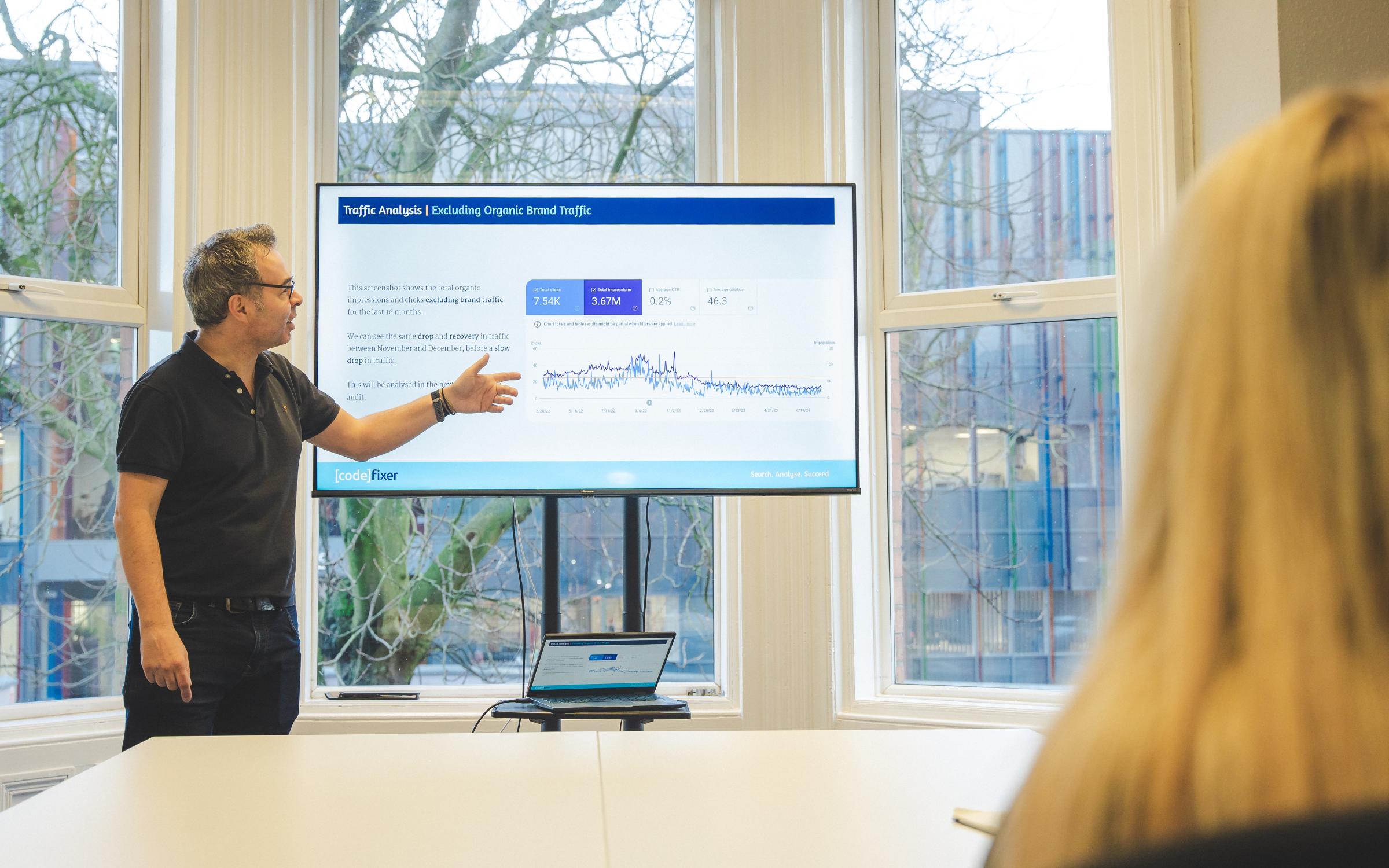
From there, you can create a strategy that lays out the priority fixes and optimisations. Depending on the number of critical technical fixes that need addressing, optimising your website’s content might come into play in the latter half of this phase. Using the keywords you want to target as guidance, start optimising existing content and create a content strategy to target those keywords.
Months 4-6
During these months, continue adding improved, helpful content and addressing technical and on-page issues. Though it depends on the above factors, you might see small improvements in your organic traffic and rankings. But that doesn’t mean your SEO strategy is done.
Building quality backlinks during this phase will help boost your site’s authority, but it’s crucial you research backlink vendors to weed out those who use spammy, low-quality links. (This would be another reason why we recommend outsourcing to an SEO agency; they know the red flags to look for when vendor shopping.)
Months 7–12 and beyond
By consistently monitoring your site for technical issues, keyword position rankings, and its backlink profile health, you should start to see sustainable growth in organic traffic and visibility now.
But every website is unique, so timelines will vary. This is why we recommend SEO monthly reports, whether done internally or with your chosen SEO agency, to recognise early wins and identify strategy adjustments.
Choose an SEO Partner Who Knows SEO Takes Time
Though you can do your own SEO, it is often easier and more cost-effective to work with an SEO partner. You can focus on your business goals while the SEO agency implements and monitors your SEO strategy.
As we mentioned earlier, if an agency promises guaranteed results or results within a specific (often short) timeframe, it’s best to avoid them. Instead, choose an agency that understands the patience required for a successful SEO strategy.
Look for agencies that showcase their proven track record, have years of experience knowing what it takes to get an SEO strategy off the ground, and pride themselves on regular client communication and detailed monthly reports.
If you’re ready to invest in a long-term SEO strategy that really works, why not get in touch?
Email or call us today to find out how long-term, sustainable SEO strategies can boost your online visibility and support your business goals.


